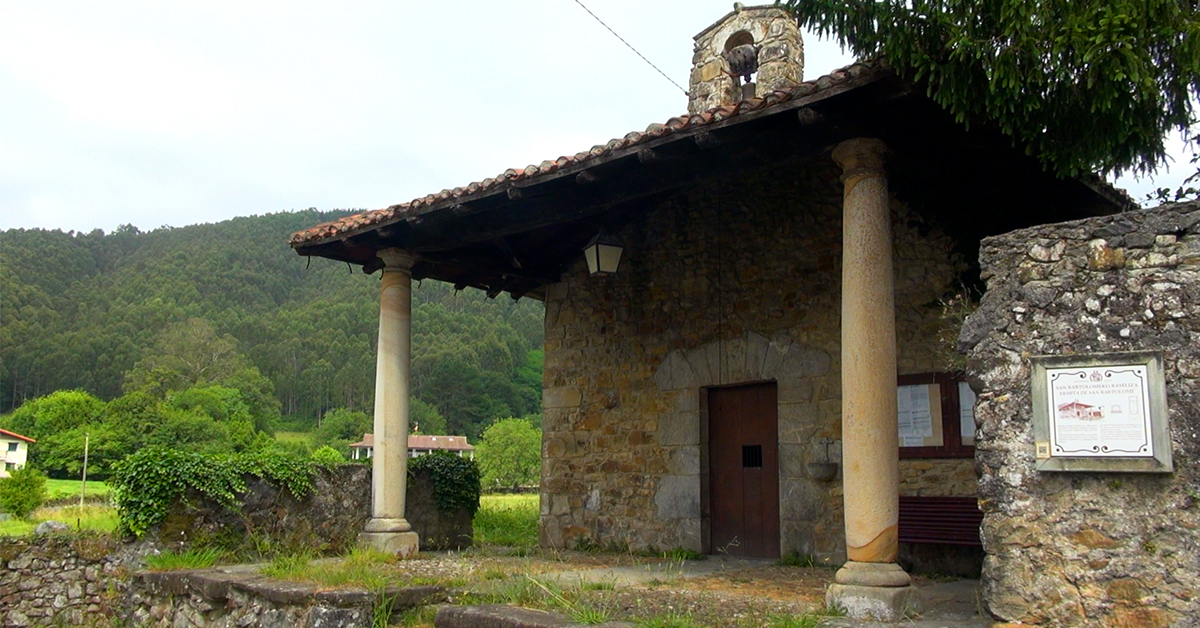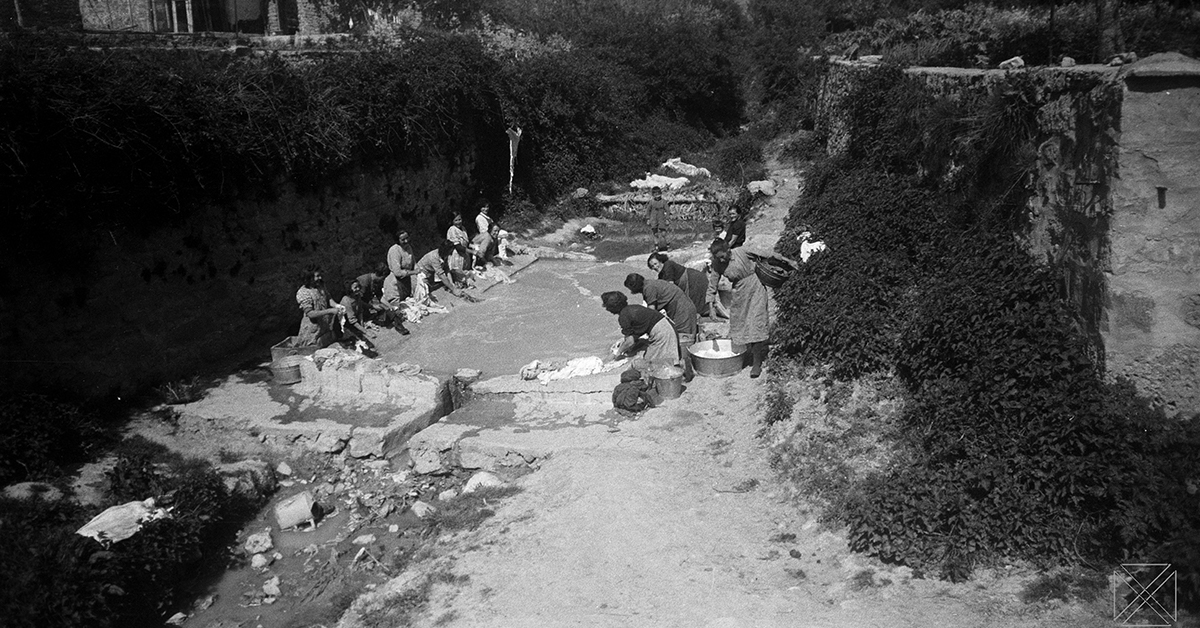Basque ethnography at a glance
On 21 October, the Ermitak busturiarren alkargune eta aterpe video was premiered in Busturia as part of the European Heritage Days. On the following day, there was an interesting guided tour, led by the archaeologist Juanjo Hidalgo, of the town’s different chapels.
In our traditional system, the homestead has been at the centre of family life and the district at the heart of neighbourhood life. Rural neighbourhoods are groups of homesteads and were formed to deal with problems that involved more than one specific home and where solving them were the responsibility of all the local residents. Therefore, relations between neighbours were very close, often more than within the family.
The parish has historically been of fundamental importance in the administrative and political organization of the Lordship of Bizkaia; there is, moreover, another institution, of a more reduced scope, which in certain rural areas, for instance in Durango, Arratia Valley and environs, has likewise played a basic role: namely, the confraternity, or kofradia.
These confraternities are not devoted to a religious or professional purpose, but they are rather associations of households or families, organized administratively at the neighbourhood level, with a view to provide an adequate response to communal needs. They operate independently of the municipal administration, although some decisions ought to necessarily be made at that higher level. Confraternities are, however, institutions which probably predate the parish.
The following data have been collected in Busturialdea (Bizkaia); in any case, the described process would likewise be applicable to other regions.
Gaztainea names both chestnut trees and chestnuts, gaztainadia is Basque for chestnut grove, and lokotsa refers to the prickly husk which holds the fruit. Txirpia is the name given to nurseries where young chestnuts and other cultivars are grown.
Two local varieties of chestnut trees have been known: lirio-gaztainak and sanmigel-gaztainak. These chestnut trees grow well in ravines and on slopes. For a good crop of unblemished, shiny chestnuts, trees needed to be grafted (eztitu), otherwise their fruits would be inedible (txikola). The wood of the ungrafted (eztitzaga) chestnut tree would, by contrast, be greatly appreciated for carpentry work and furniture manufacturing. St Michael’s chestnuts bear fruit earlier than the so-called lirio ‘lily’ variety.





